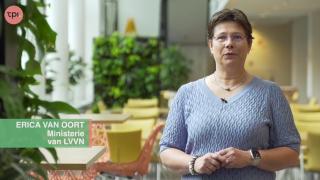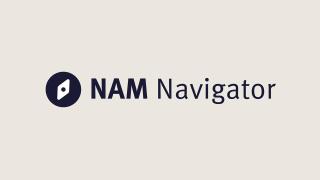Stem cell differentiation assays for animal-free developmental neurotoxicity assessment
Victoria de Leeuw was a PhD candidate in the research group of prof. dr. Aldert Piersma at the RIVM and Institute for Risk Assessment Sciences at Utrecht University. Piersma's lab studies the effects of compounds on development of the embryo during pregnancy with, among other techniques, stem cell cultures. The project of Victoria was aimed to differentiate embryonic stem cells of mouse and human origin into neuronal and glial cells, which could mimic parts of differentiation as seen during embryonic brain development. These models were able to show some of the known toxic mechanisms induced by these compounds, congruent with what they we hypothesised to mimic. This provides mechanistic information into how chemical compounds can be toxic to brain development. Therefore, these two stem cell assays make a useful contribution to the animal-free assessment of developmental neurotoxicity potential of compounds.
Victoria is nominated for the Hugo van Poelgeest prize 2022 for excellent research to replace animal testing.
New

Helpathon #12 – Can you help Erica?

The NAM Navigator: A unique repository for information on the validation and acceptance of New Approach Methodologies
